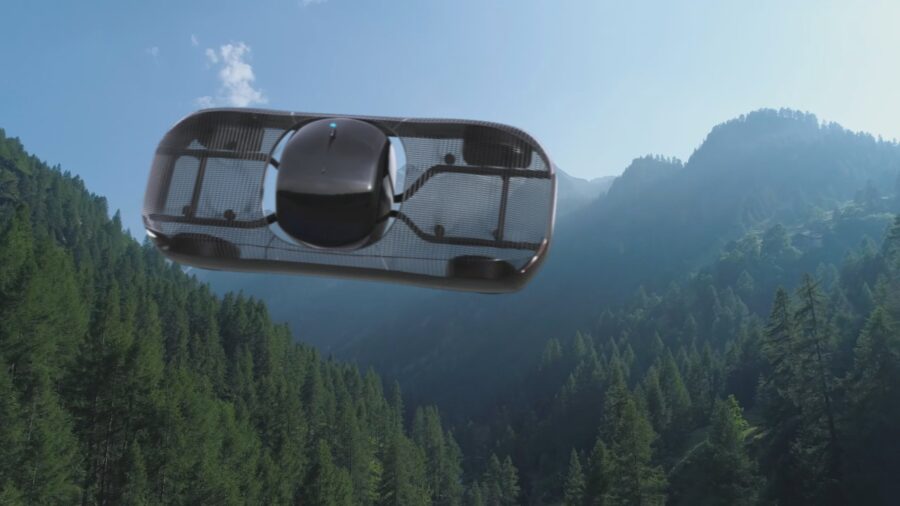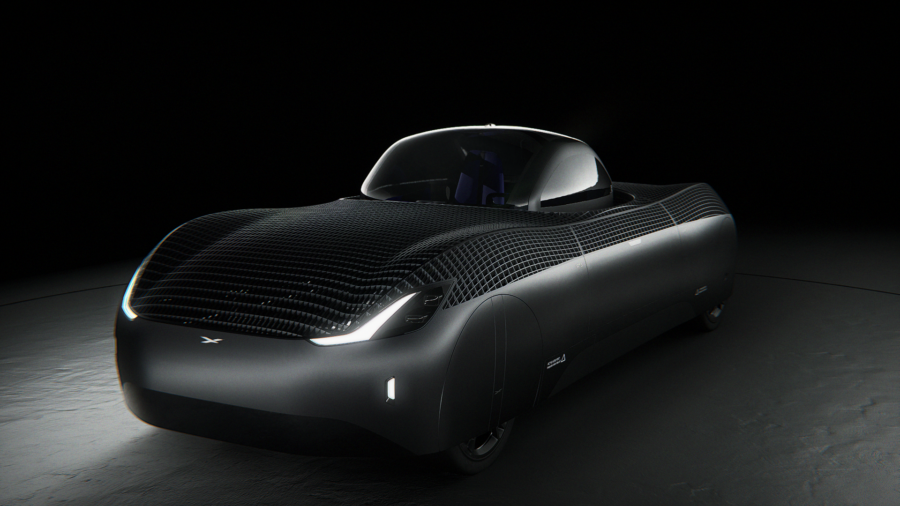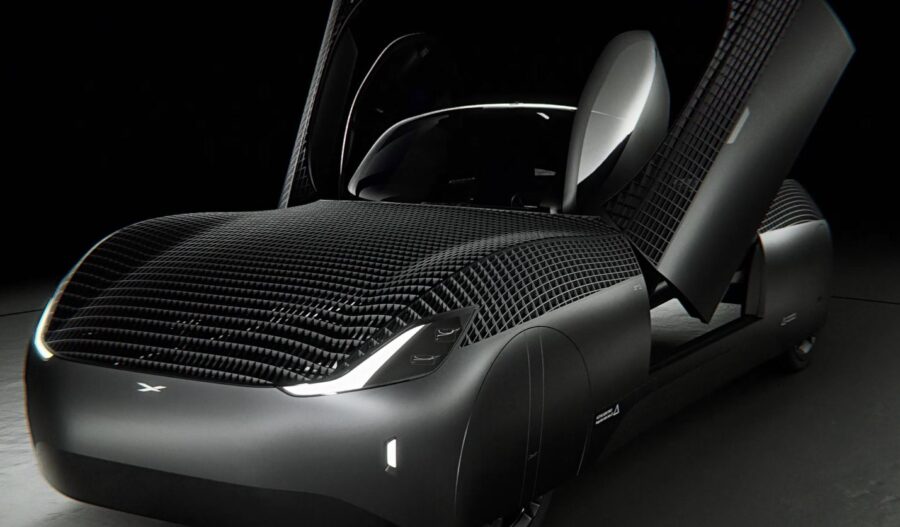Back To The Future’s Flying Car Becomes A Reality

Alef Aeronautics has announced plans to bring a flying car to market by 2025, though experts say the company faces significant hurdles—not to mention competition.
When Back to the Future Part II depicted flying cars in its version of 2015 back in 1989, it was a tongue-in-cheek projection, as was most of its vision of the future, that was initially just a gag at the end of the first film. Now almost a decade beyond that future, we still don’t have hover conversions available for our motor vehicles, and judging by the traffic on the film’s “skyways,” that might not be a bad thing.
Alef Aeronauts says by 2025, you will be able to buy one of their flying cars.

The flying car has been a sci-fi dream for decades, one which Alef Aeronautics says it will make a reality for the low price of $300,000 per vehicle. According to CNBC Make It, the company has begun making presales, requiring just $150 for a spot on its waitlist, or $1,500 for a priority position.
Though the company has been testing its Model A since 2019 and say it does fly, the proposed vehicle will still have a lot of challenges in getting off the metaphorical ground.
For starters, Alef Aeronautics’ ambitious flying car will have mass-production manufacturing to sort out, which is a challenge for any new vehicle. But with backing from venture capitalist Tim Draper, whose previous investments include SpaceX and Tesla, there is at least financial momentum behind the project.
Still, regulatory concerns are another matter altogether.

To make its flying car available to the public, Alef Aeronautics will have to contend with regulations in the air as well as on the ground. First, making its carbon-fiber-mesh design, which houses the propellers that give it flight, street legal will be a challenge, as it will need to meet current design safety metrics for automobiles in the US and worldwide.
According to CNBC Make It, the company has begun making presales, requiring just $150 for a spot on its waitlist, or $1,500 for a priority position.
In the US particularly, the use of air space is controlled by the FAA, which recently released new requirements for flying cars.
Alef Aeronautics CEO Jim Dukhovny says that even with these new regulations, the car should not run into any issues. Still, the company plans to begin rolling out the car in Asia and Europe, where it can rack up safety data before making its appeal for the US market.
It will also be initially introduced as a Low Speed Vehicle (LSV) in those countries, meaning it will not exceed 25 miles per hour on the open road, at least at first.
To make its flying car available to the public, Alef Aeronautics will have to contend with regulations in the air as well as on the ground.
The idea of a flying car may conjure up images of Back to the Future and the Jetsons, but Alef Aeronautics doesn’t necessarily have a skyway-filled future in mind. Dukhovny says the majority of the car’s airborne applications will be “hops,” where the vehicle is able to skip over certain obstacles and hazardous road conditions.
Its flights will also have a different look, as its body turns on its side after takeoff, flying with the top of the car facing forward as its cockpit swivels to keep occupants upright.

Alef Aeronautics has competition with flying car designs on the way from Fiat Chrysler and China’s Xpeng. Plus, there’s a flying taxi design in the works from Uber and Hyundai and a flying pod concept from Hyundai’s Supernal subsidiary that is set to launch in 2028. But with its later introduction of the $30,000 Model Z, the company hopes to soar above its rivals.











